Four years after the Vietnam-EU Free Trade Agreement (EVFTA) took effect, import, export and investment between Vietnam and the EU region have seen many improvements.
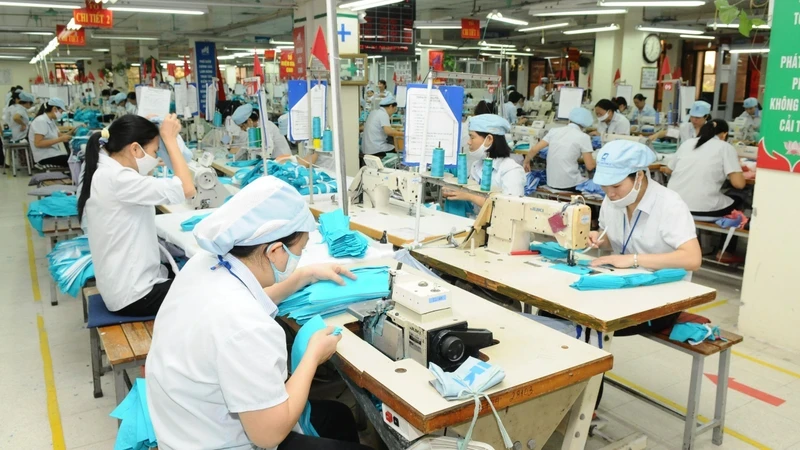
Two-way trade increases thanks to EVFTA
After 4 years of implementation EVFTA (August 2020-August 2024), rice is one of the products that is assessed to have effectively taken advantage of this Agreement for export. Accordingly, in the first quarter of 2024, Vietnam exported to EU market nearly 46,000 tons of rice, turnover reached 41.4 million USD, up nearly 118% over the same period last year. Notably, the French market increased dramatically with 18,200 tons equivalent to 19.1 million USD, up nearly 180 times over the same period.
The Ministry of Industry and Trade assessed that recently, many businesses have had good revenue thanks to developing the rice export market to the EU. Compared to other rice exporting countries such as India and Thailand, Vietnam is the country that can compete the most in the EU market, thanks to the signing of the EVFTA.
For example, Loc Troi Group exported 20,263 tons of rice to the EU in 2023, worth over 12 million USD. By the end of the first quarter of 2024, the company had exported nearly 2,700 tons of rice to Europe, worth nearly 2 million USD.
According to the EVFTA commitment, the EU gives Vietnam a quota of 80,000 tons of rice per year. In particular, the EU will completely liberalize broken rice, this commitment helps Vietnam to export about 100,000 tons to the EU per year. For rice products, the EU will reduce the tax rate to 0% after 3-5 years. This has opened up opportunities for Vietnamese rice to compete with other countries when exporting to the EU. Currently, Vietnam has risen to 8th place among non-bloc markets supplying rice to the EU.
Along with rice, many other products such as textiles, footwear, seafood, etc. are also assessed to have made the best use of the EVFTA to increase exports.
Mr. Luong Hoang Thai, Director of the Multilateral Trade Policy Department, Ministry of Industry and Trade, said that among the new generation free trade agreements that Vietnam has participated in, it can be said that the EVFTA is the Agreement that has brought the most positive results. According to the Ministry of Industry and Trade, after 4 years of implementation, Vietnam's import and export turnover to the EU has increased by nearly 50%. In the opposite direction, goods exported from the EU to Vietnam increased by more than 40%.
Currently, exports to the EU always account for about 12-15% of Vietnam's total exports. More importantly, this is a market with a very large capacity, with potential in science, technology and management so that if businesses are able to succeed in this market, they are also able to enter other difficult markets.
In addition to import-export activities, one of the highly appreciated bright spots from EVFTA is that Vietnam has proactively reformed its institutions to create a more transparent and favorable business environment, thereby increasing the attraction of foreign investment capital, including investment capital from EU countries. To date, the EU has invested 28 billion Euros in Vietnam, ranking 6th among investors.
“Along with the EVFTA, we have also signed the Investment Protection Agreement (EVIPA). This agreement is awaiting ratification by a number of EU member countries for implementation. It is expected that after ratification by EU countries, this agreement will create momentum and bring even greater investment benefits,” said Mr. Le Hoang Thai.
Barriers and opportunities called “green standards”
After the first 4 years were considered successful, entering the 5th year of implementation, along with increasingly strict commitments, many other laws related to green standards have been issued by the EU for each type of product and industry and will be applied in the near future.
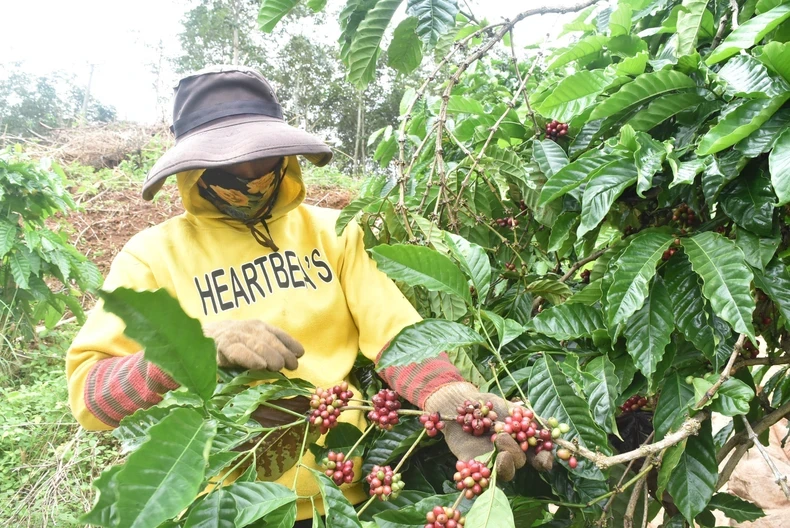
Mr. Luong Hoang Thai shared that the EU in particular and some developed countries in general are currently undergoing a very strong transformation trend with increasingly strict regulations related to climate change prevention, green transformation, anti-deforestation and similar regulations.
The EU is a leader in implementing these regulations. For example, they have started implementing carbon tax regulations at the border, or have strict regulations on products exported to the EU that are grown on land that has been deforested. Or regulations on seafood exports, the EU also has regulations on illegal and unreported fishing…
However, these regulations are considered to have two sides. On the one hand, it is a barrier, but on the other hand, if we meet these standards, it is also an opportunity for us to rise up and have a competitive advantage over our other competitors who have not met these regulations. That is why the Government has also had a very detailed action plan to assign tasks to relevant ministries and branches.
“For example, regarding the carbon adjustment tax at the border, the Government has assigned the Ministry of Industry and Trade to have a project. We are developing this project and will coordinate with ministries and branches, especially the Ministry of Natural Resources and Environment, as well as participate in collecting opinions from the business community to create policies that are suitable for Vietnam's specific conditions and meet the high standards set by the other side,” Mr. Luong Hoang Thai informed.
On the business side, Ms. Tran Thi Kim Ngan, representative of CTC Nonwoven Fabrics Vietnam Co., Ltd., faced with the EU market's requirements for sustainable development, initially it was quite difficult to find input materials, because domestic raw materials did not meet the quality standards.
To meet EU standards, suppliers themselves must meet those criteria, so most still have to import from abroad. However, Ms. Ngan is optimistic that this is also an opportunity for businesses to upgrade. Because this is a global trend, it forces businesses to change and innovate to create new products that are safer for the environment and save more raw materials. At the same time, it is also the driving force for businesses to create new products to meet market demands.
After all, the EU is one of the most demanding markets in the world. Therefore, successfully exporting to the EU market will give products the opportunity to be exported to many other markets around the world.
Source


![[Photo] Closing of the 11th Conference of the 13th Central Committee of the Communist Party of Vietnam](https://vstatic.vietnam.vn/vietnam/resource/IMAGE/2025/4/12/114b57fe6e9b4814a5ddfacf6dfe5b7f)




![[Photo] Overcoming all difficulties, speeding up construction progress of Hoa Binh Hydropower Plant Expansion Project](https://vstatic.vietnam.vn/vietnam/resource/IMAGE/2025/4/12/bff04b551e98484c84d74c8faa3526e0)


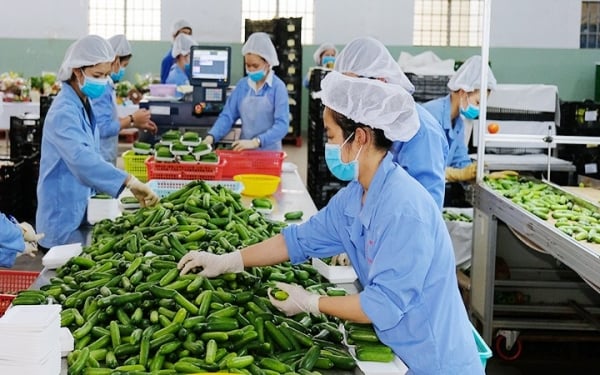


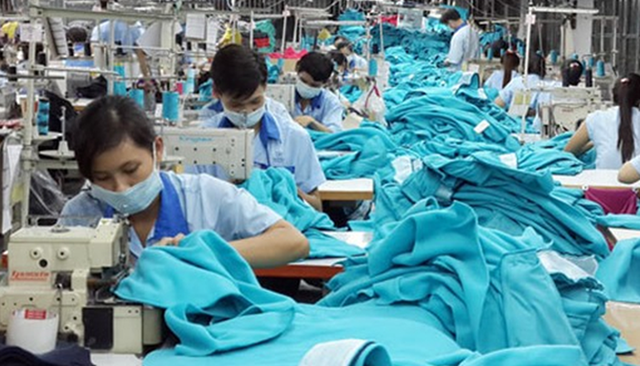
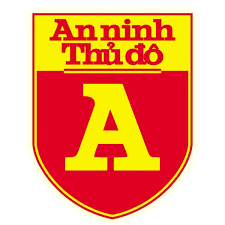
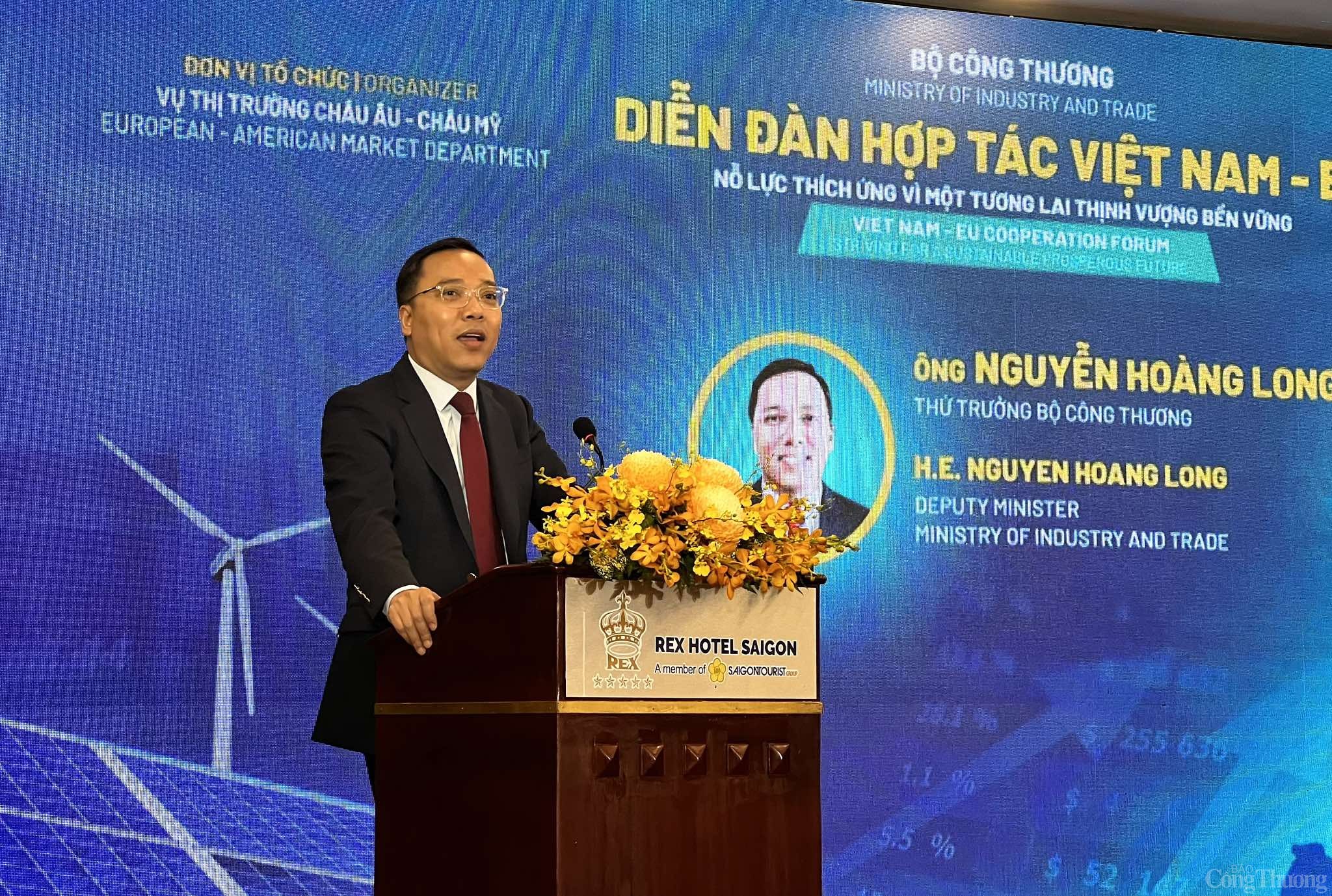
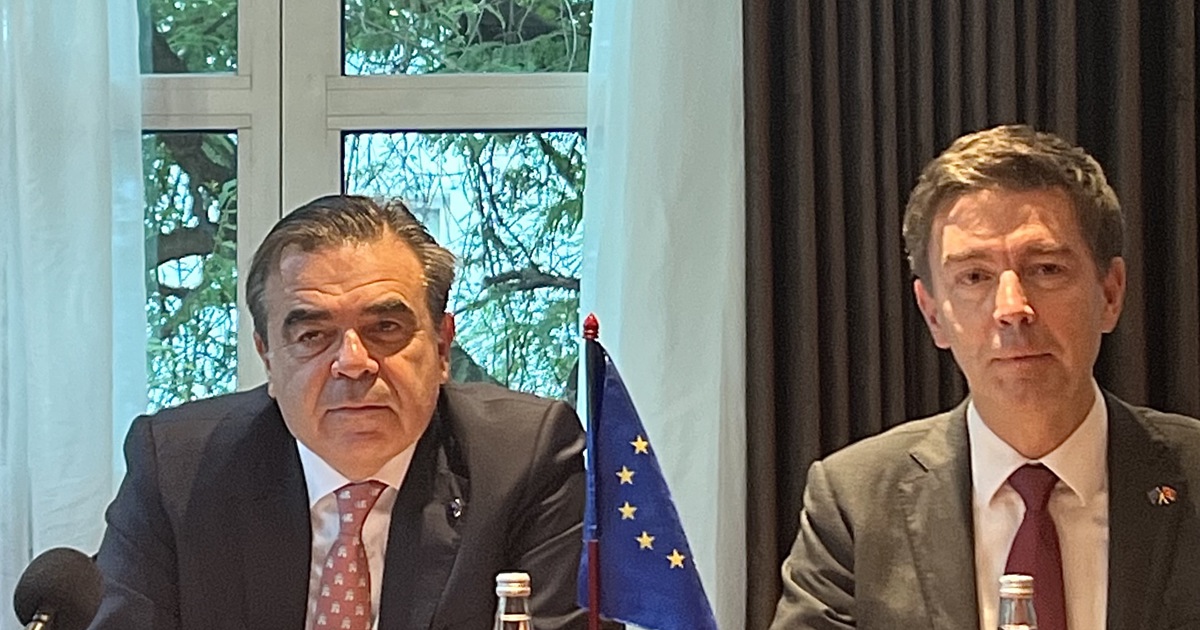

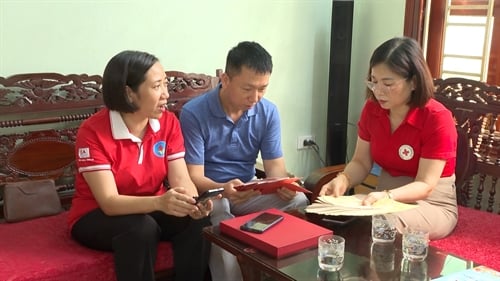

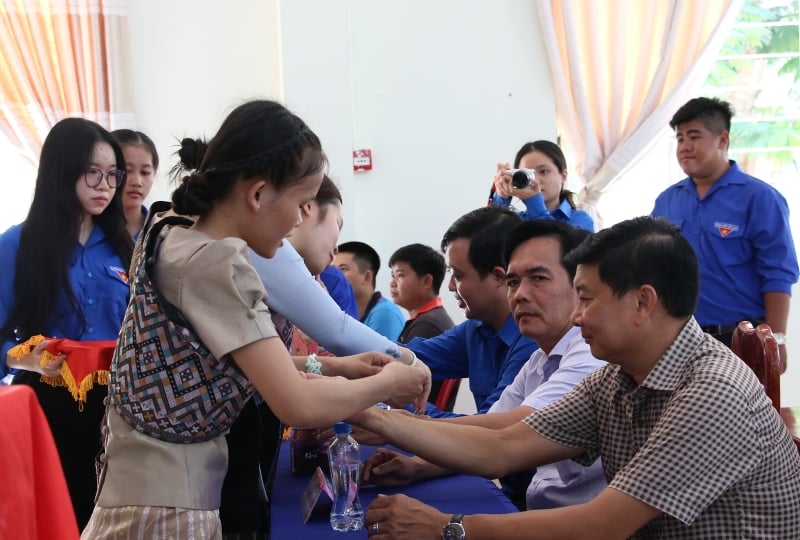
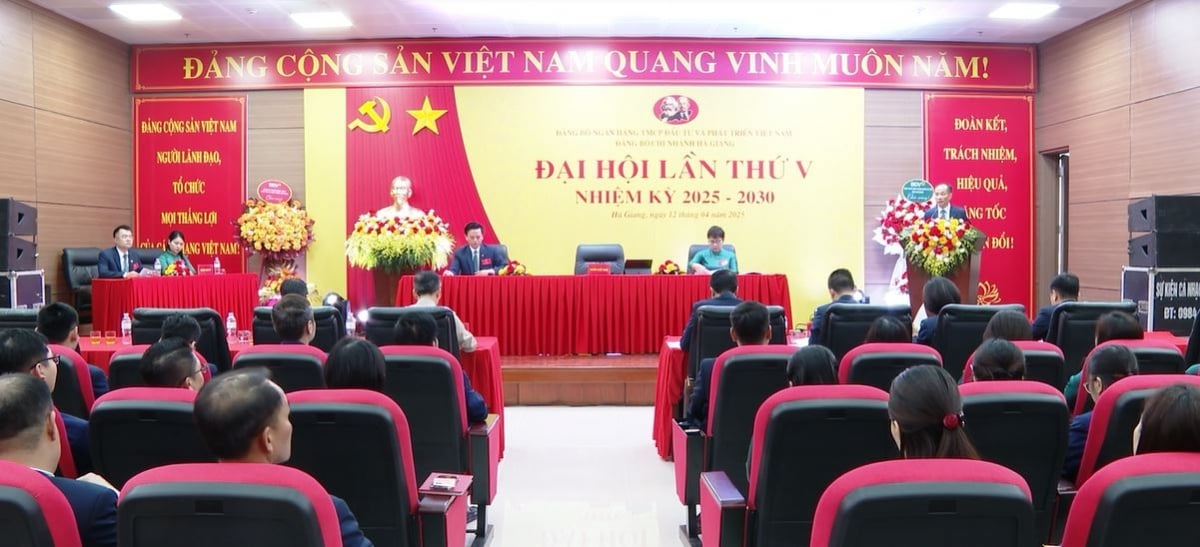

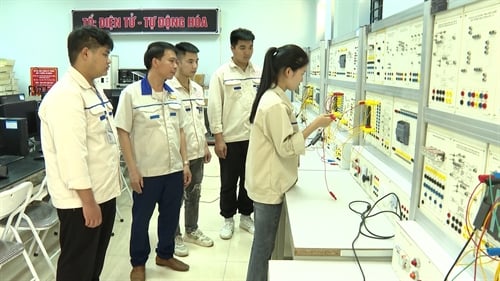




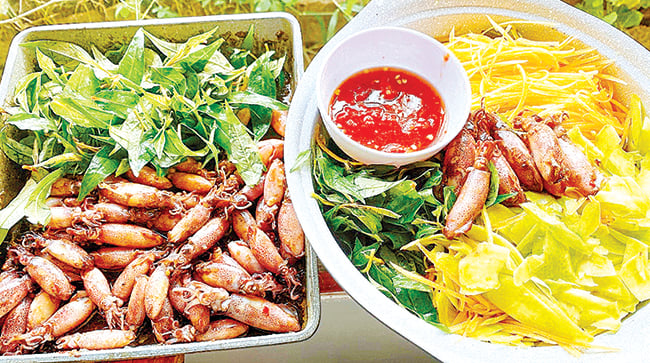
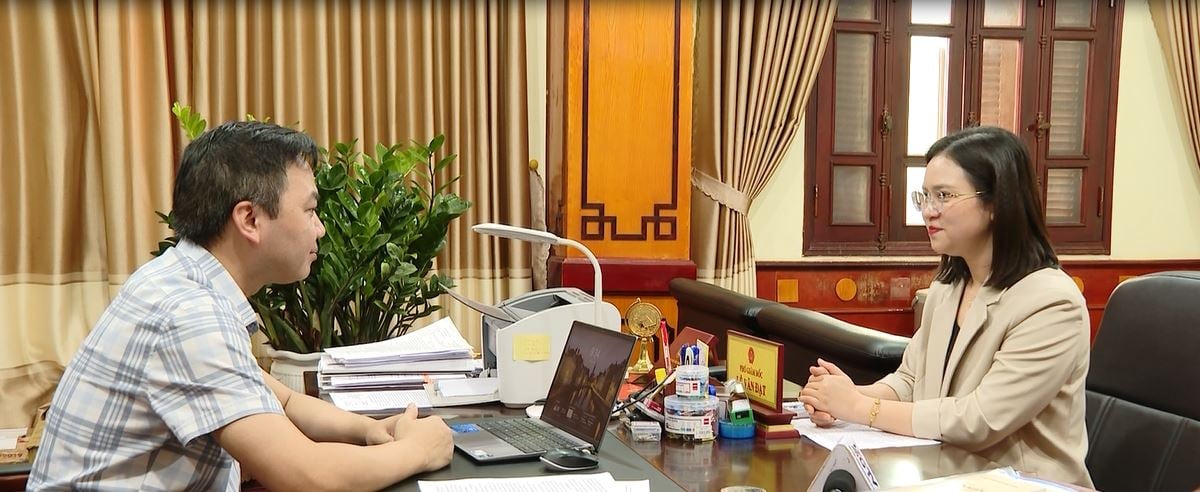

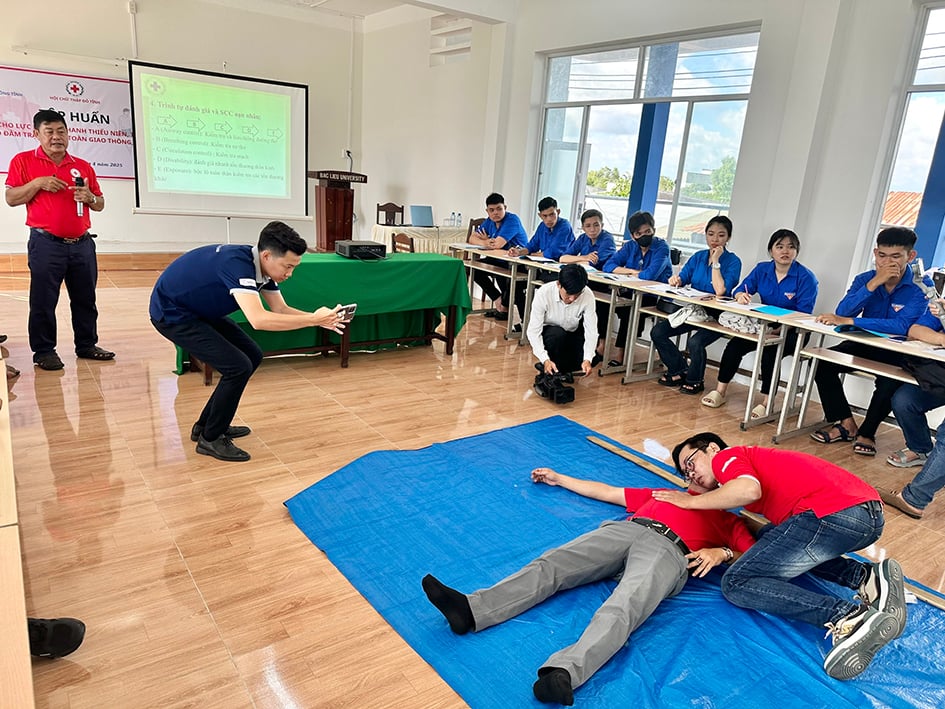
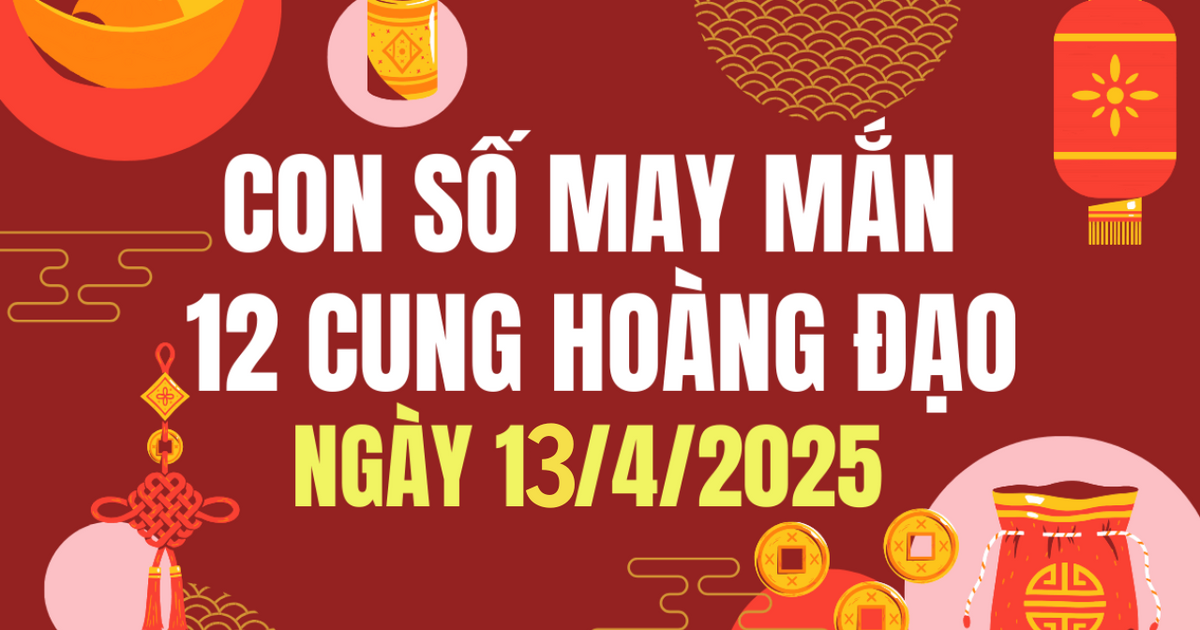












































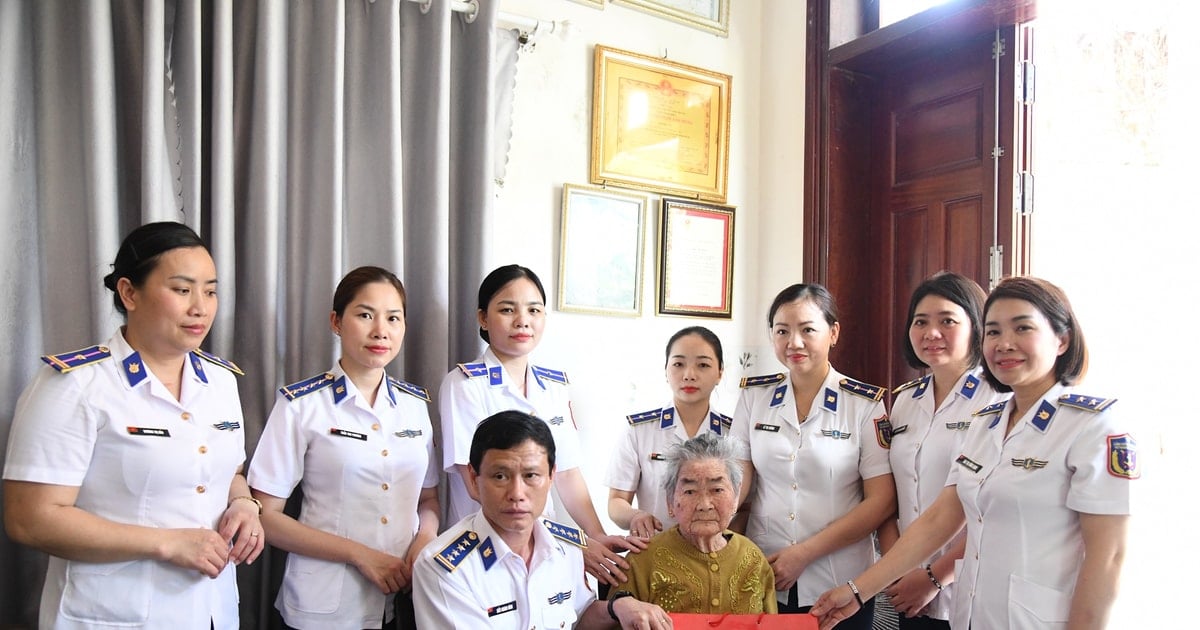




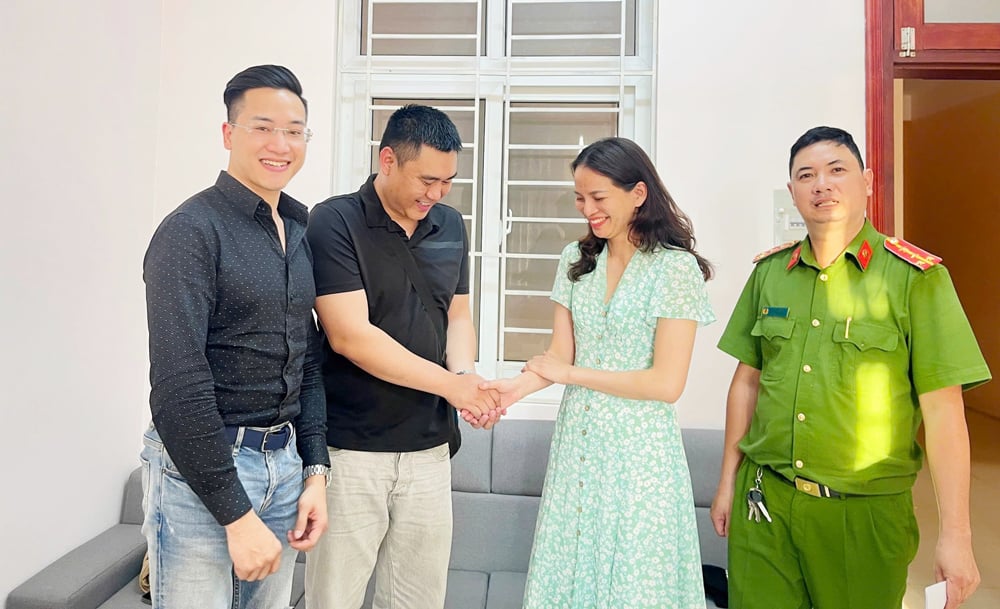

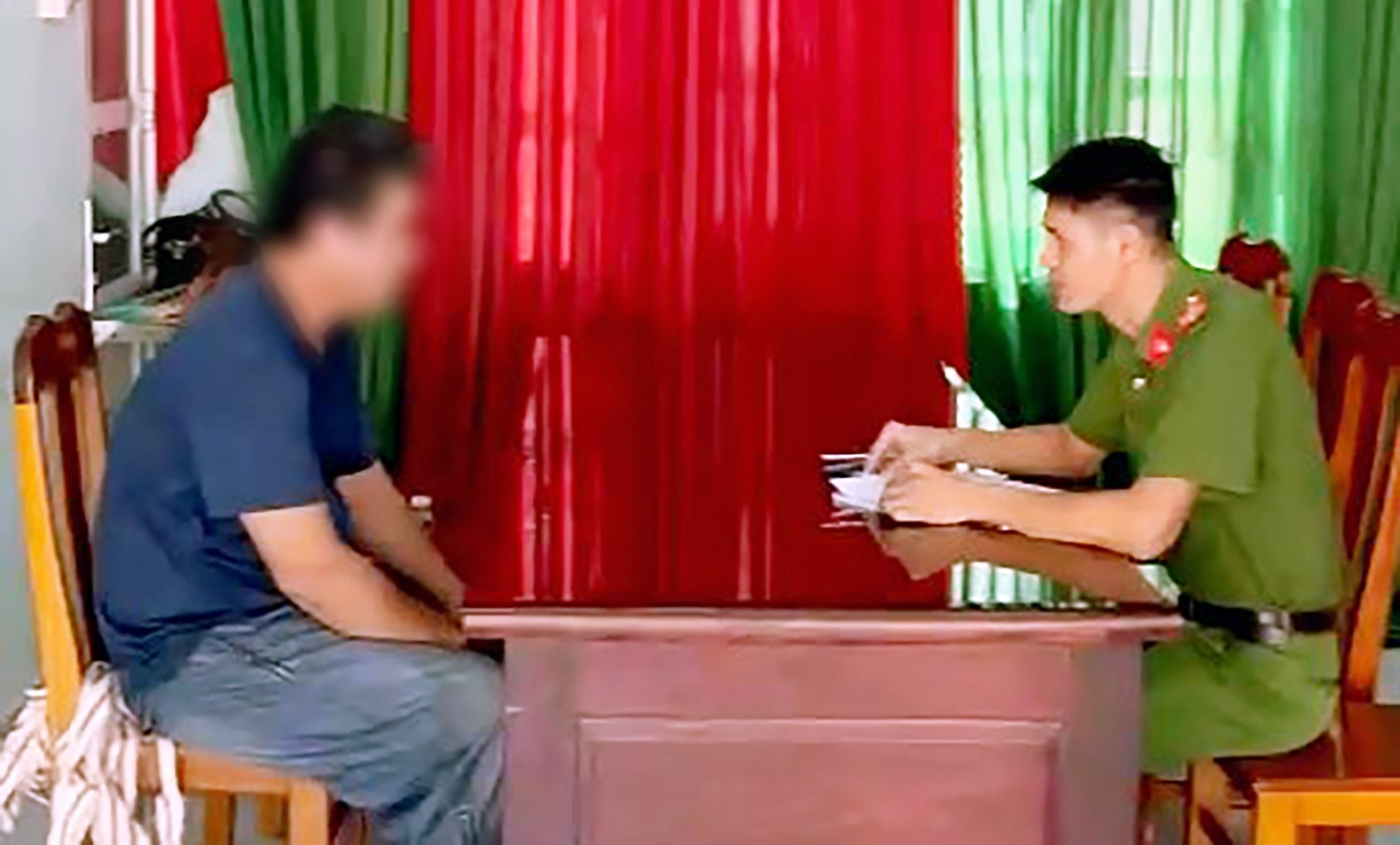











Comment (0)